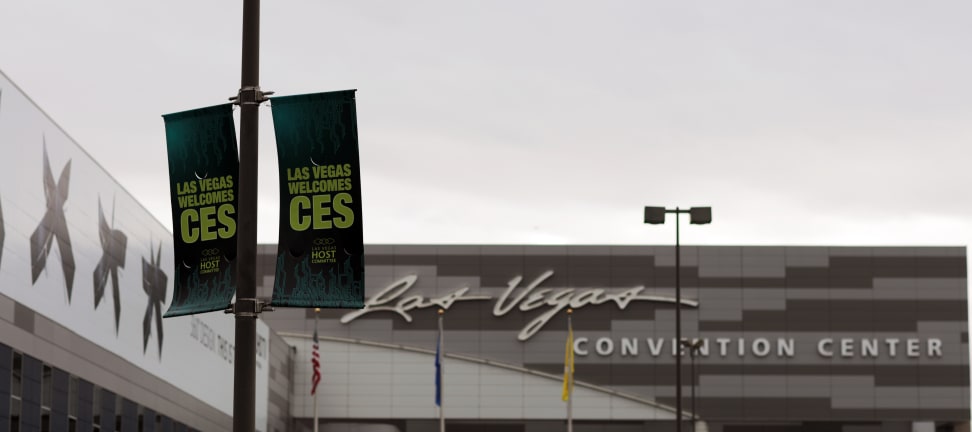Consumer Electronics Industry in 2016: Looking for Blue Skies
Tablet and TV sales swoon, but wearable tech is surging.
 Credit:
Reviewed.com / Kyle Looney
Credit:
Reviewed.com / Kyle Looney
Products are chosen independently by our editors. Purchases made through our links may earn us a commission.
A light drizzle greeted media gathered for the first presentations at CES 2016 in Las Vegas. The weather set the tone for a dreary market forecast delivered by Steve Koenig, senior director of market research for the Consumer Technology Association (CTA), the trade organization behind the annual tech show.
Following four consecutive trillion-dollar years, global tech sales fell by an estimated 8 percent in 2015, to $969 billion—the industry’s biggest swoon since the 2008-09 global recession. That’s according to research conducted jointly by the CTA and international market research firm GfK, which tracks sales at more than 340,000 retail stores in 80 countries.
{{amazon name="Samsung Galaxy Tab 4 (7-Inch, White)", asin="B00J8DL78O", align="left"}} What’s more, with growth in China stalling, projections call for another decline of 2 percent in 2016. Shortly after the presentation came news of planned cutbacks in iPhone production for the first quarter of the year.
The news from CES is mitigated—somewhat—by the fact that the U.S. dollar remains strong, masking the news that actual unit sales are down only 4 percent. And average sales prices for some products are trending downwards. Smartphones cost 7 percent less, and TVs are down 2 percent.
“You’re really seeing the strength of the U.S. dollar" in these numbers, said Koenig. “In terms of units, we’re seeing pretty flat demand. But that’s while we wait for some of the latest innovations to reach the global consumer.”
Although the household adoption rate for tablets in the U.S. is 56 percent, sales are cooling, squeezed out by larger and larger smartphones and convertible laptops, which can serve as tablets when detached from keyboards.
“Amazon offered a six-pack of tablets for $250—truly astonishing,” said Koenig. “It really underscores the density in the tablet industry.” But instead of purchasing a smartphone, tablet, laptop, and a TV, consumers have started prioritizing their purchases.
The slowdown in China is a major reason for tech’s faltering performance. Not only is consumption down among Chinese consumers, a ripple effect has spread to mines and commodities suppliers in other countries. But Koenig suggested another Asian country may be about to step onto the stage.
“India is looking a lot like China did several years ago. Most companies are looking increasingly to India as a country that can deliver that double-digit growth.”
Wearables Continue Their Meteoric Rise
Wearable tech—smartwatches, health and fitness trackers, and wearable cameras—was the shining star for 2015, with unit growth up 131 percent over 2014 and demand surging in both established markets and China. An increase of 59 percent is forecast for 2016, making it far and away the most promising category for growth in the coming year.
Other new or nascent tech categories projected for global growth in 2016 include smart home, VR/AR, drones, 3D printing, digital health devices, automotive, and robotics. Many of these will have a significant presence at CES, where some 20,000 products will be showcased this year.
“A lot of these innovations have yet to make a global impact,” explained Koenig. “It gives us reason for optimism.”
Related video
{{brightcove '4686431544001'}}


